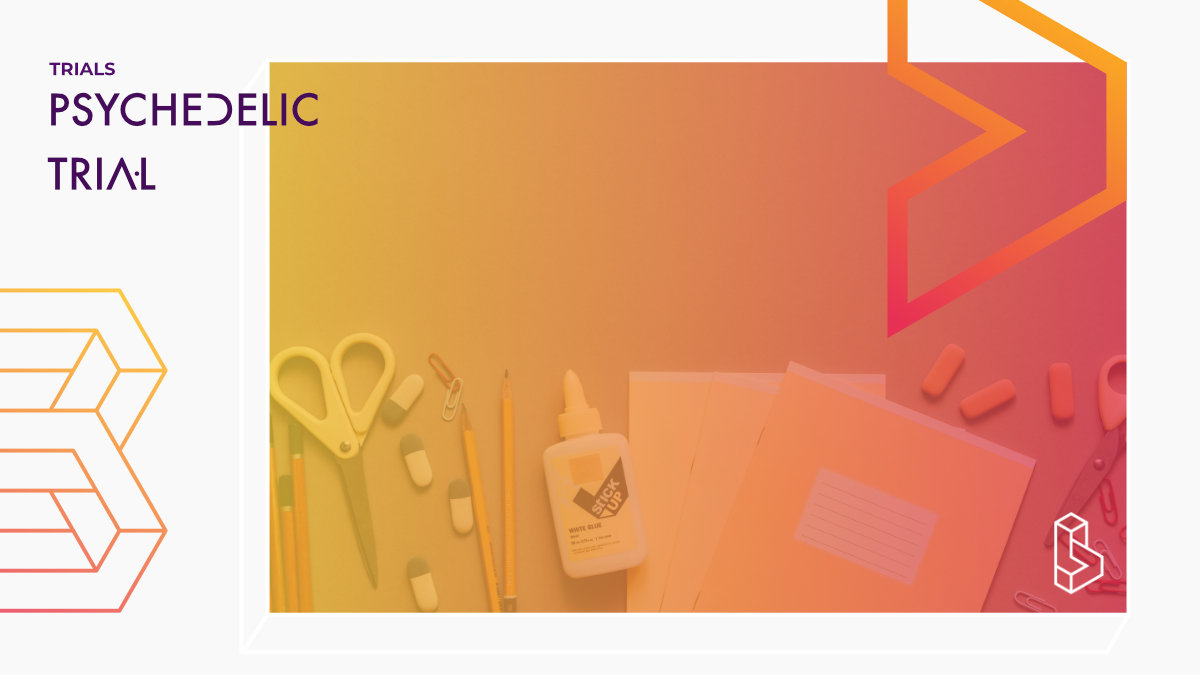This interventional, randomised pilot feasibility study (n=44, age 18-65) aims to assess the potential of single-dose interventions (including ketamine) in reducing re-admissions for hospitalised patients with severe alcohol use disorder (AUD).
The study, titled “Single-dose Interventions to Reduce Re-admissions for Hospitalized Patients With Refractory Alcohol Use Disorder,” compares the feasibility and effectiveness of extended-release (XR) naltrexone injection, intravenous (IV) ketamine infusion, and no single-dose medication (linkage-alone) in enhancing treatment retention and preventing re-admissions.
The primary outcomes include feasibility measures such as recruitment rate, patient acceptability, post-discharge follow-up rate, and adverse events. Additionally, the study aims to estimate the 30-day re-admission rate for each intervention group.
The enrolment period started on January 19, 2021, and the study was completed on February 1, 2022, with 44 participants enrolled. The study is in the Early Phase I, and the intervention involves randomising participants to receive XR naltrexone, IV ketamine, or enhanced linkage alone.
The primary outcome measure is the rate (%) of 30-day hospital re-admission, and secondary outcome measures include readiness-to-change, emergency department visits, urine Ethyl Glucuronide (EtG) levels, and self-reported binge drinking. The study is sponsored by the Denver Health and Hospital Authority.
Trial Details
Trial Number

